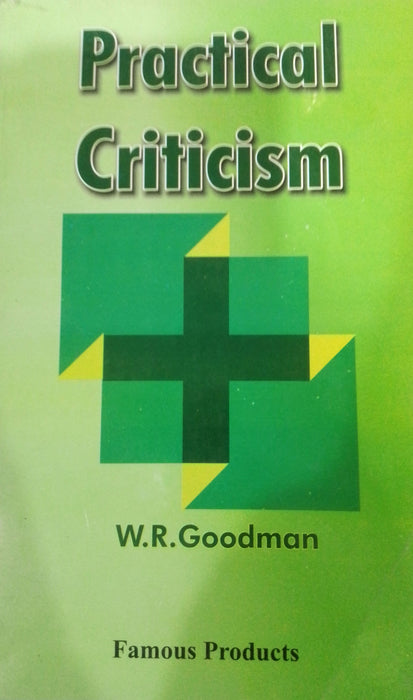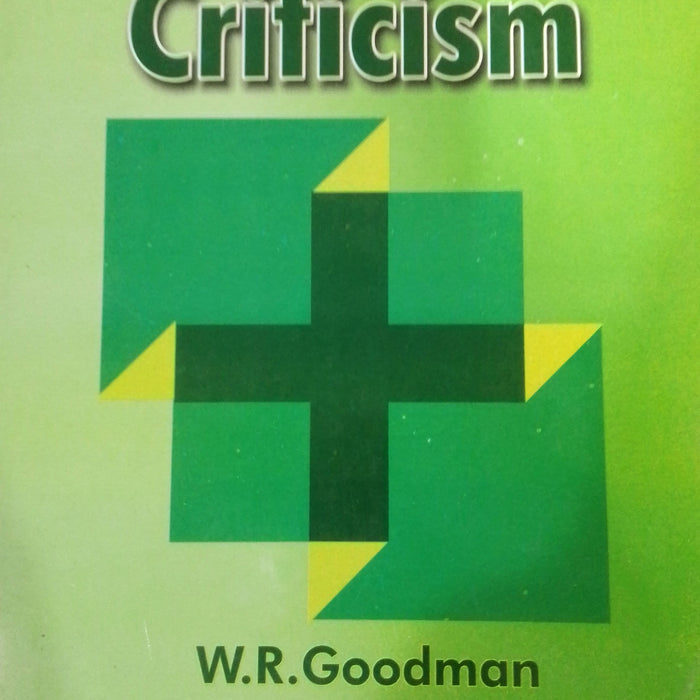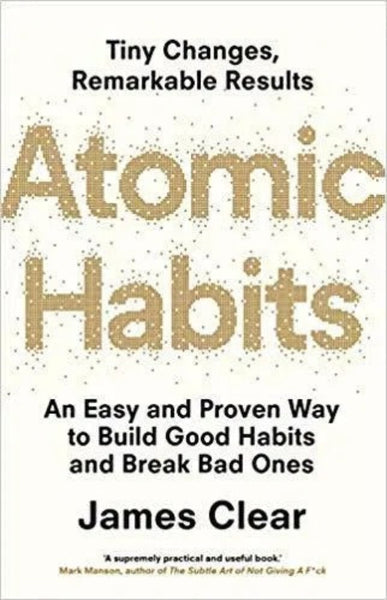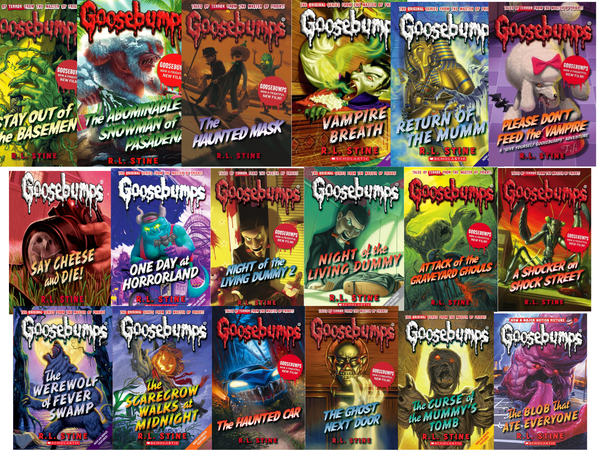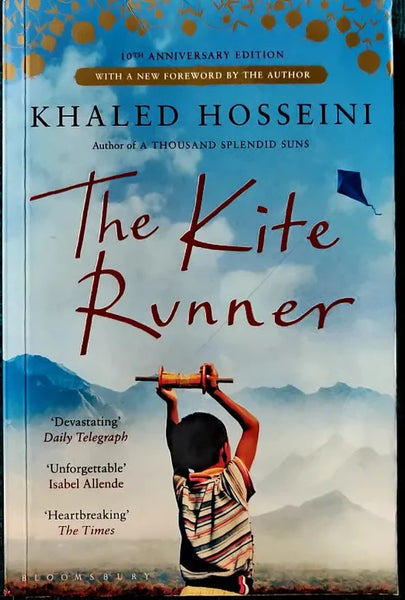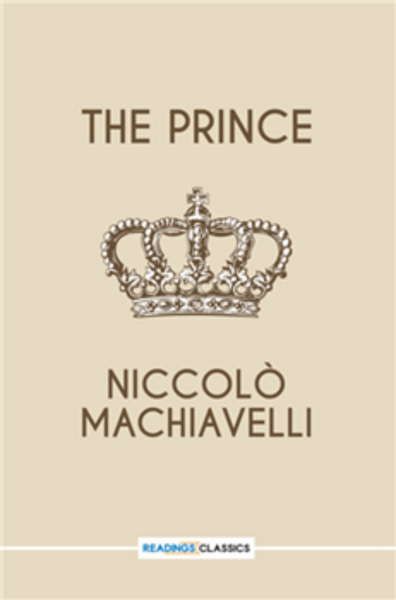Practical Criticism by W R Goodman - Famous
- Publisher: FAMOUS PRODUCTS
- Availability: In Stock
- SKU: 18652 R1 0326
- Number of Pages: 179
Rs.1,000.00
Tags: BA English books , best books , Best Price , Best Selling Books , close reading skills , criticism techniques , drama criticism , English criticism guide , English criticism notes , English interpretation guide , English literary terms , English literature exam prep , English literature helper , English literature study guide , English students resource , Famous Products publisher , Goodman criticism book , how to analyze literature , literary analysis book , literary appreciation , literary criticism beginner book , literary devices explanation , MA English books , Online Bookshop , poetry analysis book , poetry skills book , Practical Criticism Goodman , practical criticism study , prose criticism , text analysis guide , university English books , W R Goodman book , W.R. Goodman , WR Goodman
📘 Title Name: Practical Criticism
✍️ Author: W. R. Goodman
🏢 Publisher: FAMOUS PRODUCTS
🔹 Introduction:
Practical Criticism by W. R. Goodman is a foundational guide for students of English literature, focusing on the skills needed to analyze poetry, prose, and drama. The book teaches readers how to interpret texts independently, understand literary techniques, and develop critical thinking. It is widely used in colleges and universities for improving literary appreciation and analytical writing.
🔑 Key Points:
-
Explains the core principles of literary criticism in a simple and accessible way.
-
Introduces key elements like tone, mood, diction, imagery, and symbolism.
-
Provides step-by-step methods for analyzing poems and prose passages.
-
Covers major literary devices and their impact on meaning.
-
Helps students distinguish between summary and true critical analysis.
📝 Conclusion:
W. R. Goodman’s Practical Criticism remains a valuable resource for mastering the art of literary analysis. With its clear explanations and practical approach, it helps students build confidence in interpreting texts and understanding the richness of English literature. It is an essential handbook for learners aiming to strengthen their critical reading and writing skills.

